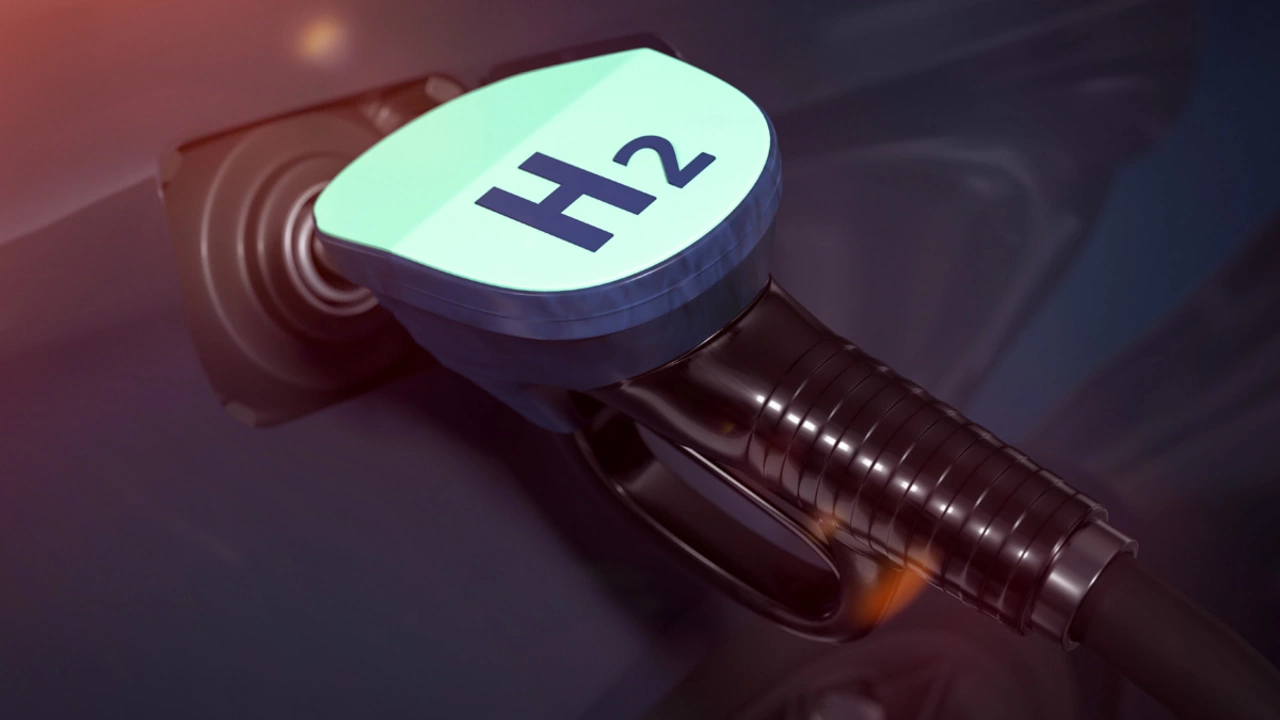Looking ahead, auto racing without gasoline promises a thrilling and environmentally-friendly future. As the world shifts towards renewable energy, races will likely see a surge in electric vehicles, which are already proving their mettle on the track. New technologies and engineering advancements will push the boundaries of speed and performance, while reducing our carbon footprint. We might miss the roar of a gas engine, but the squeal of tires and the thrill of speed will remain. It's a revolution in racing that I, for one, can't wait to see!
Racing Without Gasoline: The New Way to Speed
Ever wonder how a race can be fast, loud, and exciting without a drop of gasoline? The answer is simple: electric power, batteries, and clever engineering. Today’s tracks are buzzing with bikes that run on lithium cells and cars that whisper instead of roar. If you’re curious about how this works, you’re in the right place.
Why Go Gas‑Free?
First off, gasoline is pricey and polluting. Switching to electric or hybrid power cuts fuel costs and lowers emissions. That’s good for the planet and good for race promoters who want to attract eco‑conscious fans. Second, electric motors deliver instant torque, which means faster starts and tighter lap times. You get that thrill of acceleration without the smell of exhaust.
Third, the technology is getting cheaper. Batteries that once cost a fortune now fit in a bike’s frame and still give enough range for a full race day. Teams can invest the saved money into better safety gear, training, or even more fancy liveries. In short, going gas‑free makes sense for money, the environment, and pure performance.
Getting Started with Fuel‑Free Racing
If you want to try a gas‑free race, start small. Look for local electric bike clubs or junior electric kart series. They usually have a set of rules that keep costs low and safety high. Most clubs provide a shared pool of batteries, so you don’t need to buy an expensive pack right away.
Next, learn the basics of battery management. Know how to charge safely, how to monitor temperature, and when to swap packs during a race. A good rule of thumb is to keep your pack between 20% and 80% charge for optimal life and performance.
Don’t forget the gear. You’ll still need a helmet, gloves, and racing boots, but you might add a cooling vest because electric motors can heat up the bike’s frame. Many racers also use data loggers to track power output and lap times, helping them tweak settings for the next race.
Finally, watch the pros. Series like MotoE, Formula E, and the electric superbike championships show what’s possible when you push electric tech to its limits. Notice how they set up their bikes, how they manage energy during a race, and how they work with engineers to fine‑tune the power delivery.
So whether you’re a seasoned rider looking for a new challenge or a beginner wanting to jump into a clean‑energy sport, racing without gasoline is more reachable than ever. Grab a bike, charge a pack, and feel the instant punch of electric power on the track.
